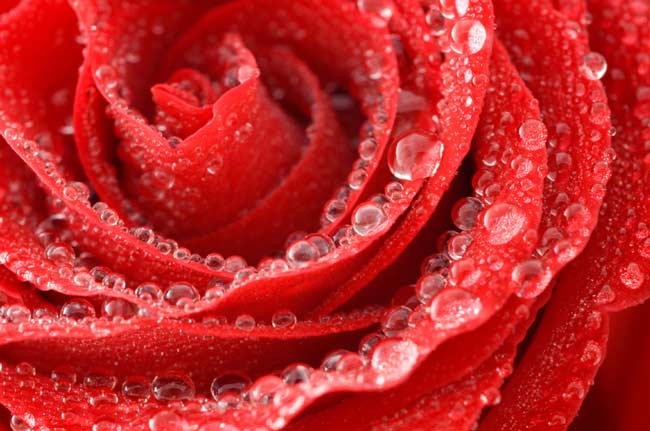How Plants Become Annuals vs. Perennials

Scientists with the Flanders Institute for Biotechnology in Gent, Belgium, have determined what makes plants either "annual," meaning they live one growing season and die, or "perennial," meaning they regrow every spring.
The difference, according to work done by scientist Siegbert Melzer, comes down to two critical flower-inducing genes that, when turned off, can turn an annual into a perennial.
The rapid growth of flowers, and then seeds, is the strategy most annuals use to propagate from one generation to the next and one growing season to the next. Annuals experience "rapid growth following germination and rapid transition to flower and seed formation, thus preventing the loss of energy needed to create permanent structures," said a statement about the research from the institute. "They germinate quickly after the winter so that they come out before other plants, thus eliminating the need to compete for food and light. The trick is basically to make as many seeds as possible in as short a time as possible."
Perennials instead build "structures" such as overwintering buds, bulbs or tubers, that contain cells that are not yet specialized and, when the next growing season begins, can be converted into stalks and leaves.
An annual uses up all of its non-specialized cells making flowers, and thus, after dropping seeds, it dies. The growth of the flowers is triggered by the plant sensing the length of day and amount of sunlight. When the light is just right, "blooming-induction genes" are triggered.
By deactivating two of the genes that induce flower growth in the thale cress, a flowering plant whose genome has been entirely sequenced, the researchers created mutant plants that "can no longer induce flowering, but . . . can continue to grow vegetatively or come into flower much later." Because the plants don't use up the store of non-specialized cells making flowers, they become perennials, able to continue to grow for a long time.
And, like true perennials, the altered annuals show secondary growth with wood formation.
Sign up for the Live Science daily newsletter now
Get the world’s most fascinating discoveries delivered straight to your inbox.
- Top 10 Poisonous Plants
- How Plants Know When to Flower
- Why Dewdrops Stay on the Rose
Inside Science News Service is supported by the American Institute of Physics.










